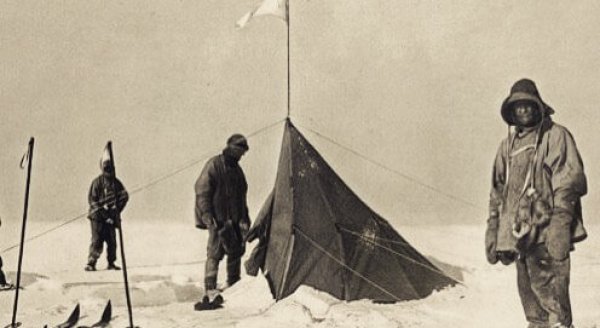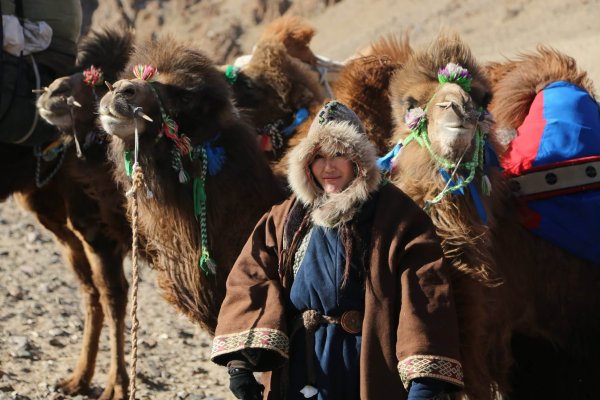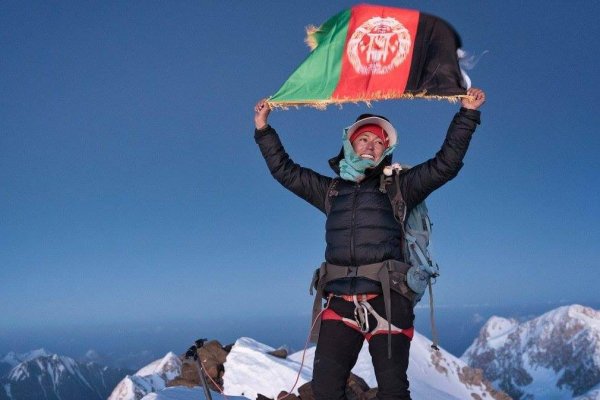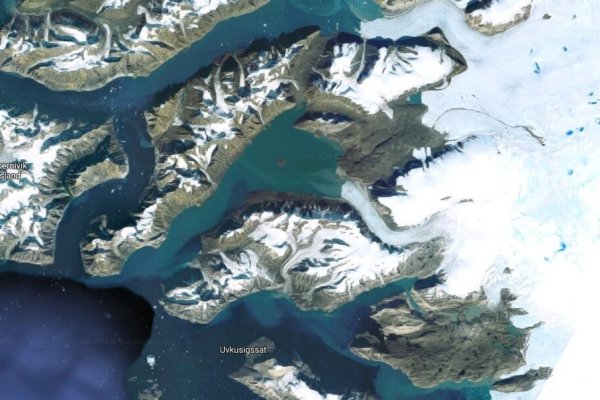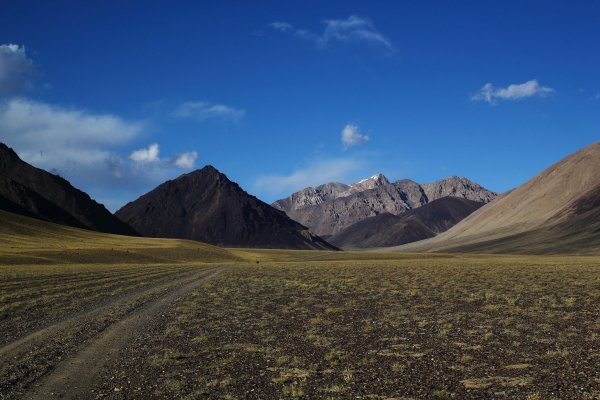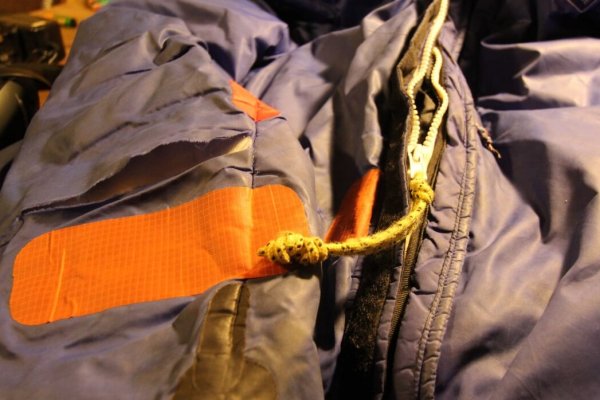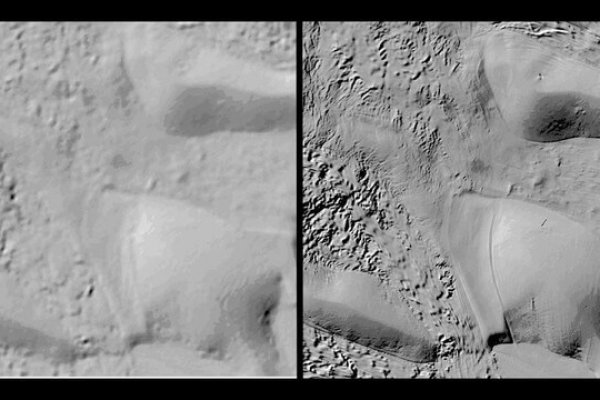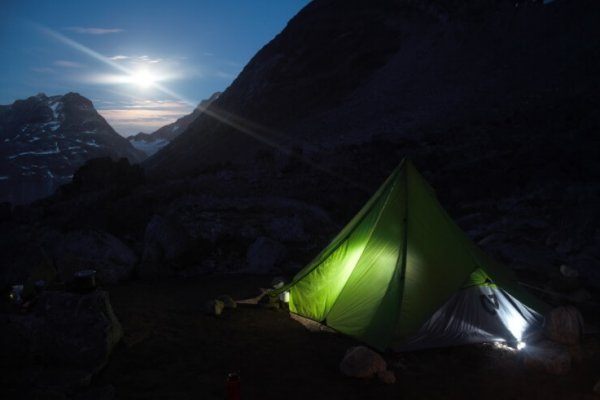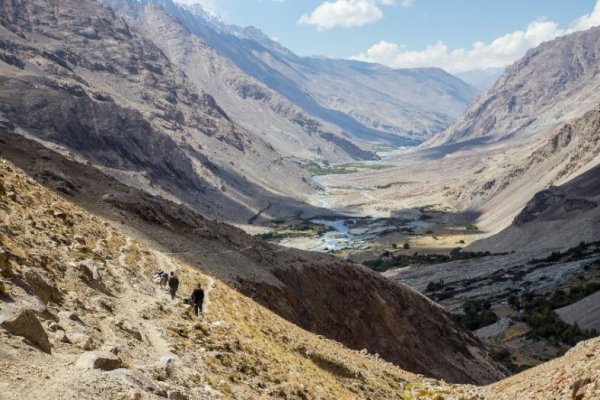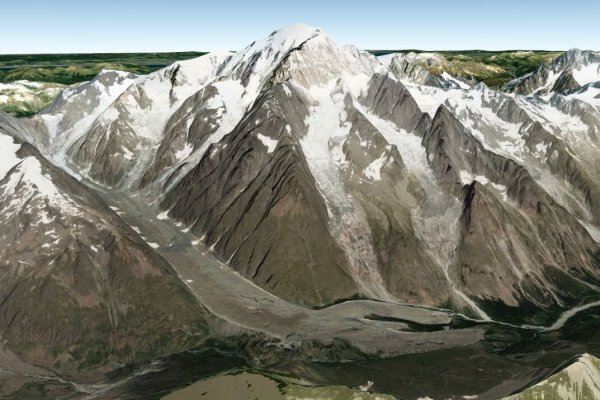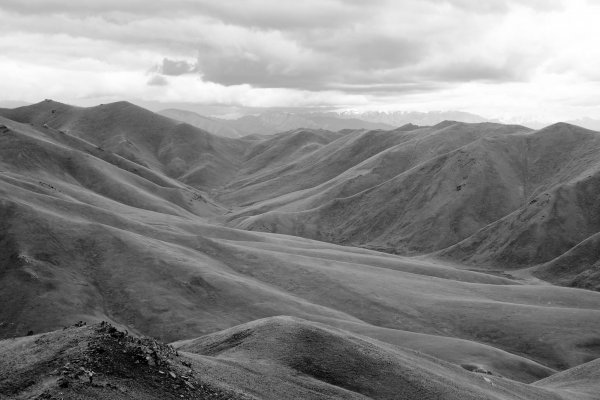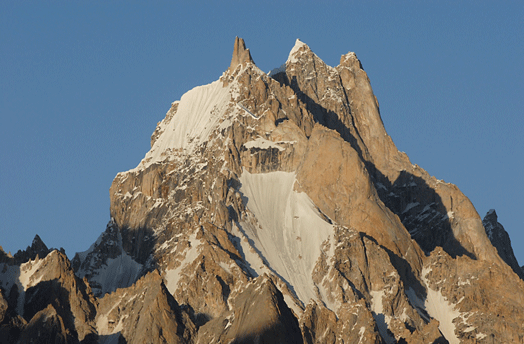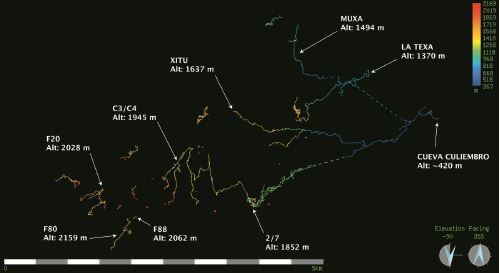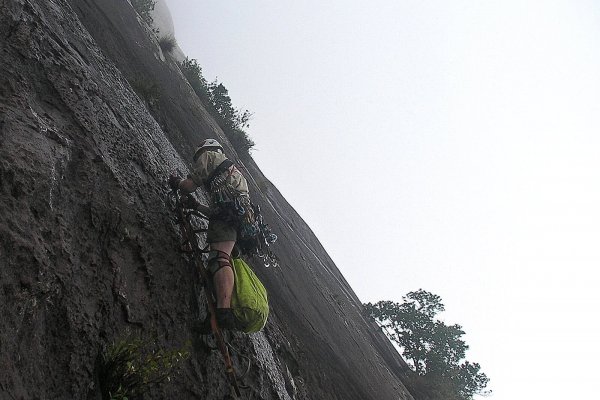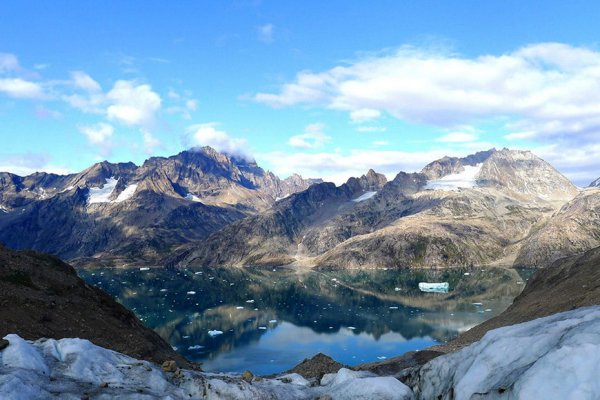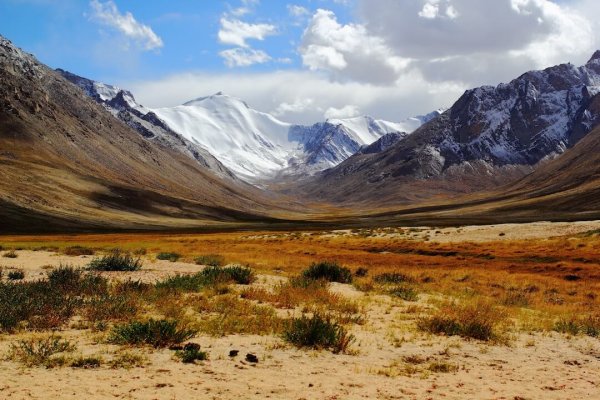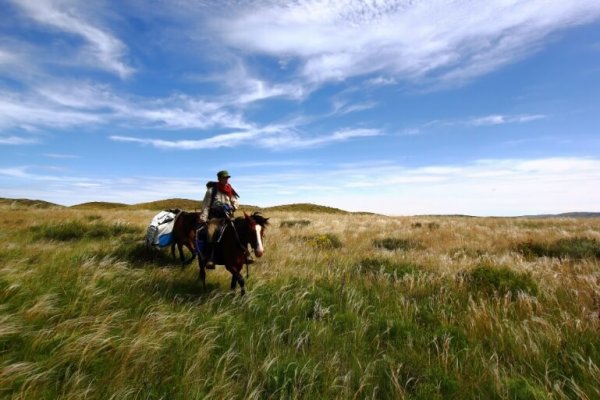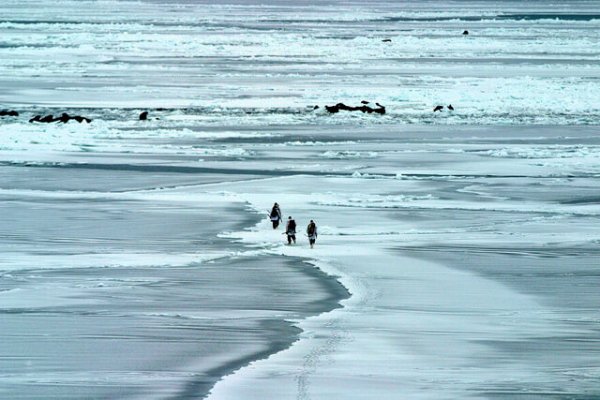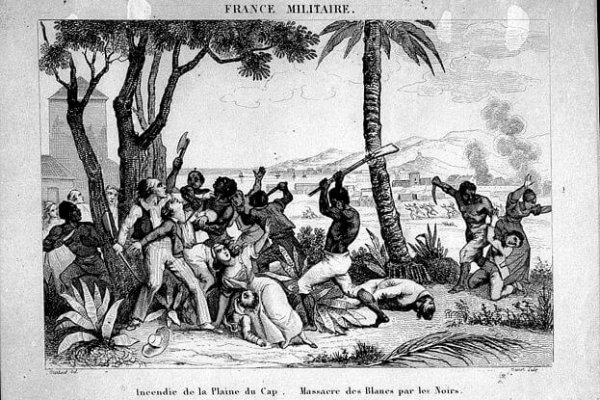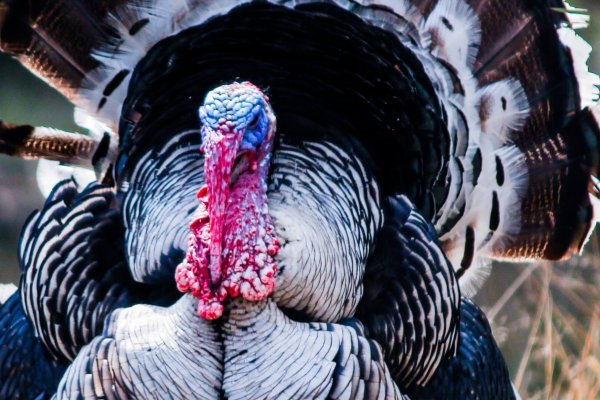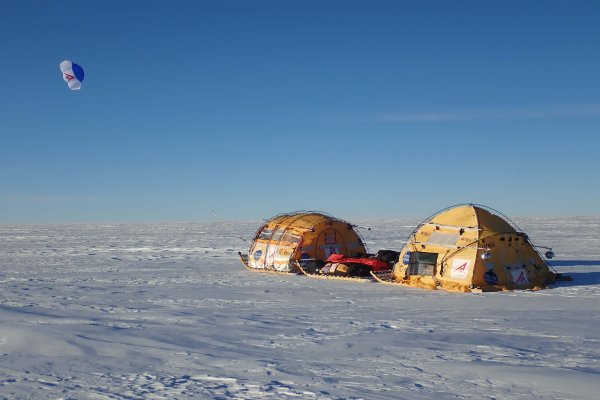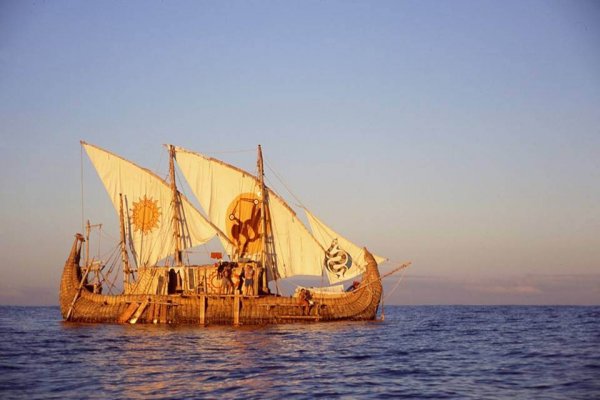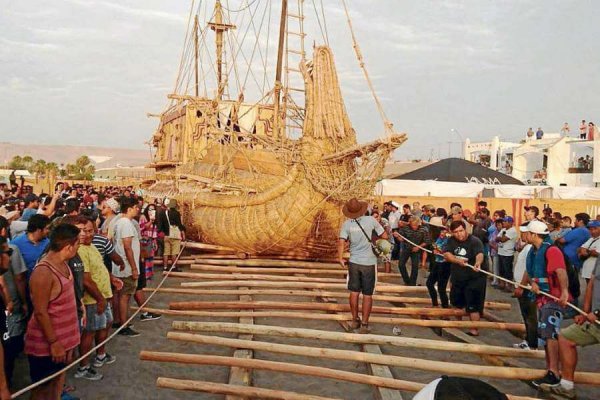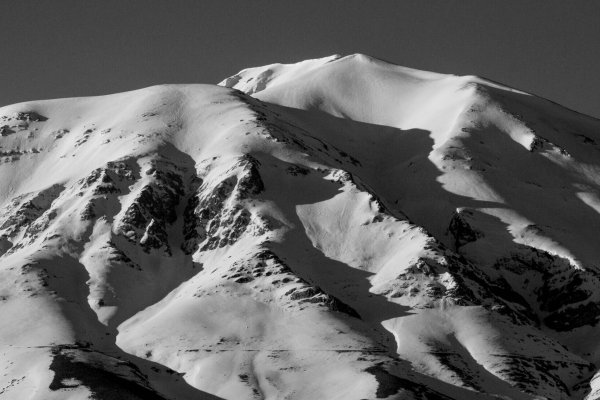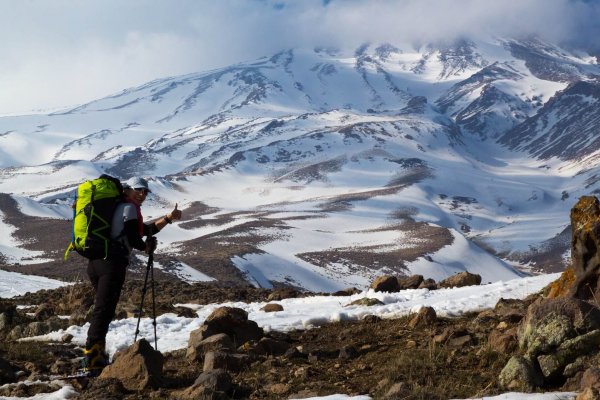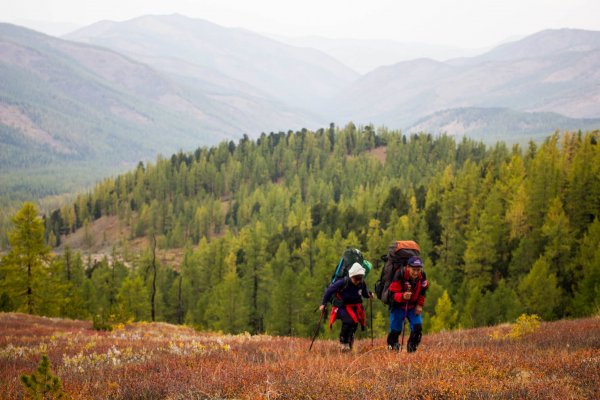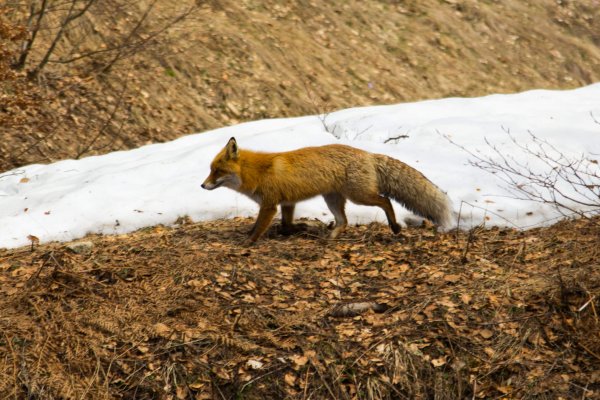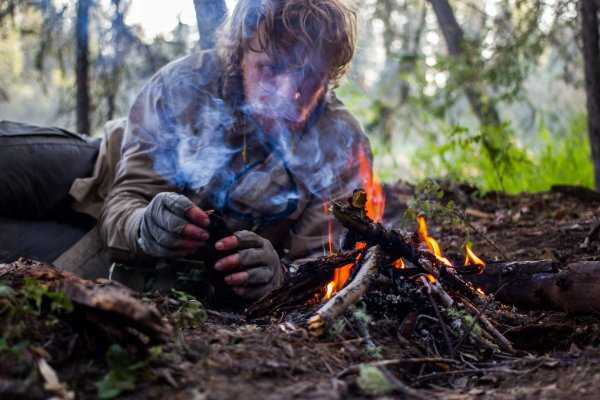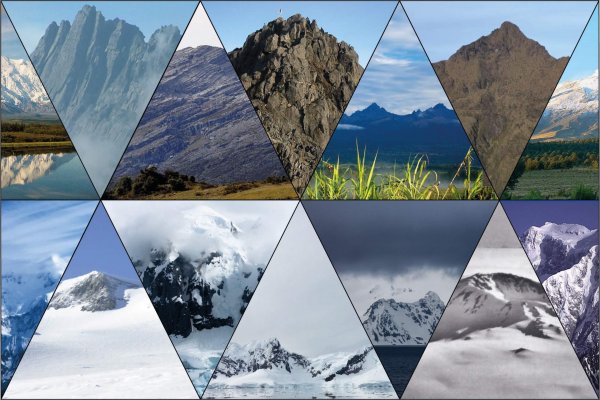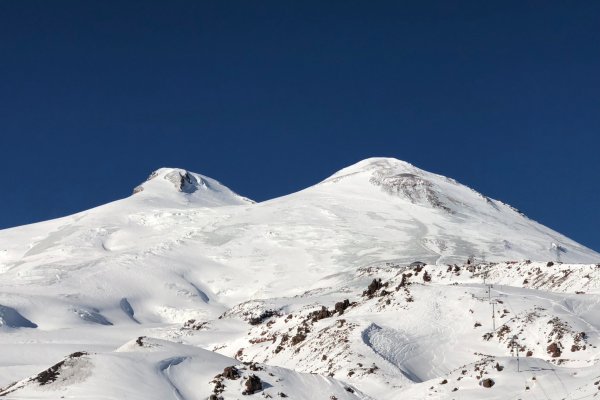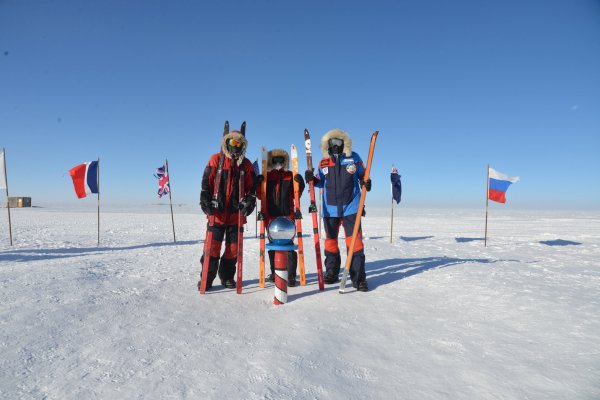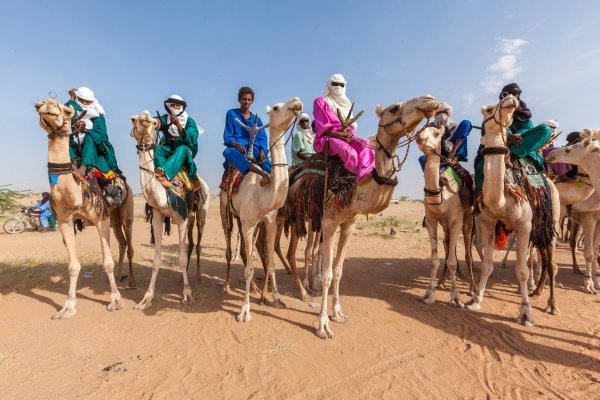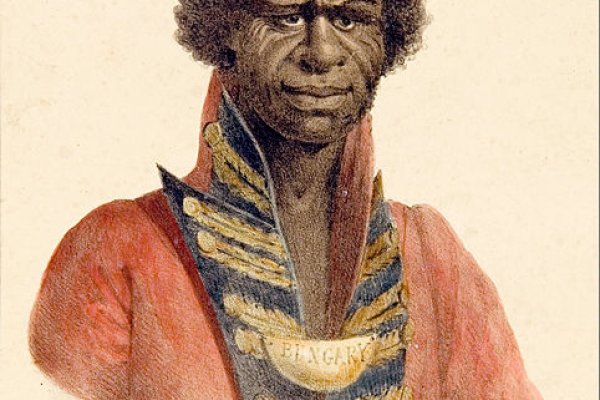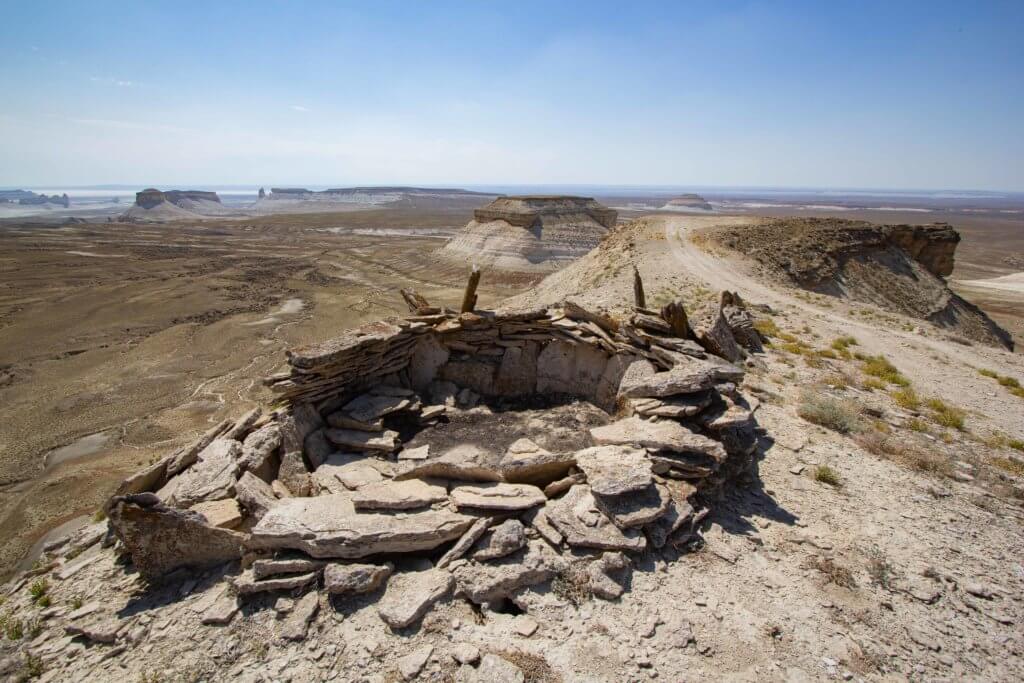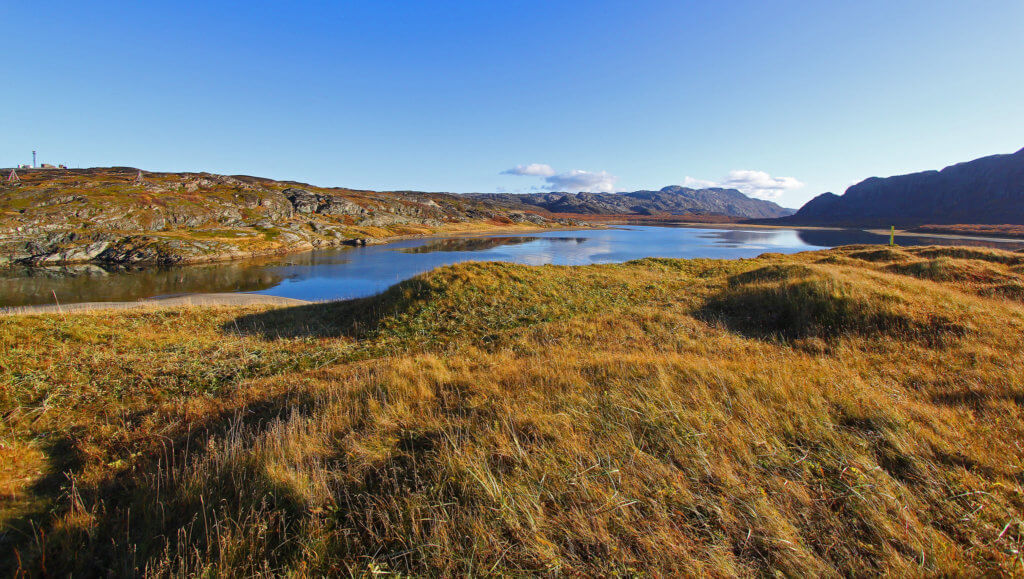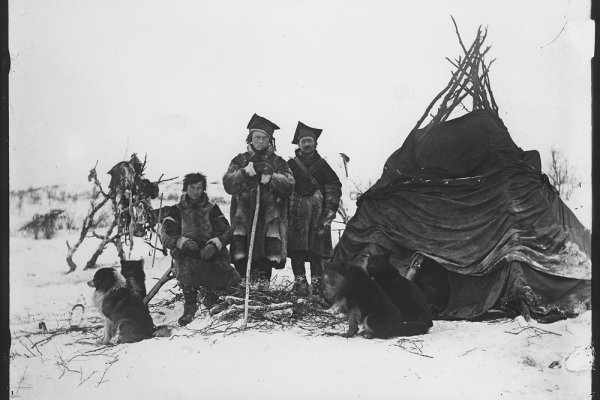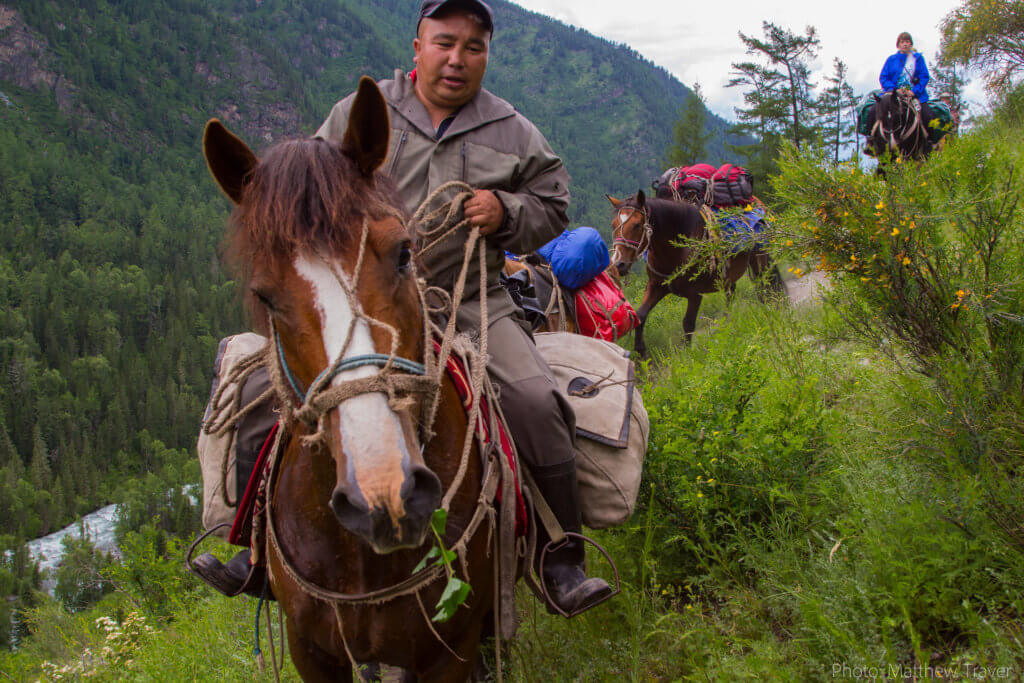I specialise in adventure travel writing, along with culture and history-related topics. Whatever format you’re after – be it reviews, how-to guides, interviews, photo stories, listicles, long-form articles, and more – I’ll create it for you. The aim of all of my work is to produce engaging and meaningful content through meticulous research.
I’m always on the look-out to learn about new topics and industries as well. So, if you’re after a piece that is unrelated to some far-flung destination or a feat of daring-do, I’d still love to hear from you too!
If you want to discuss working together drop me a line at info@matthewtraver.com.
My print and digital publications include:











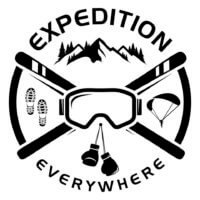
“In November 1988, a multinational team of 11 began the first trip to the South Pole from Hercules Inlet, on the southern edge of the Ronne Ice Shelf. Since then, at least 187 people have skied these 1,130km, making it the most traveled route in Antarctica. American Aaron Linsdau took the longest time to complete his trip: 81 days in 2012-2013, more than three times longer than Norwegian speedster Christian Eide, who covered the same line in 25 days.”
“Fourteen months ago, Baigalmaa Norjmaa from Ulaangom, in northwestern Mongolia, began a 12,000km journey with Bactrian camels from her country’s capital of Ulaanbaatar to London, England. So far, her three-year traverse of Eurasia has taken her across the Mongolian steppe and China’s Xinjiang province to eastern Kazakhstan. ExplorersWeb checked in with Norjmaa about her project, which she calls Steppes to the West.”
“In August, Hanifa Yousoufi became the first Afghan woman to summit 7,492m Mt. Noshaq, her country’s highest peak. The 24 year-old Yousoufi was part of a climbing expedition assembled by Ascend, a U.S.-based nonprofit that uses climbing to help young women in troubled countries. ExplorersWeb caught up with Yousoufi to find out more about her climb. We also spoke to Marina LeGree and Freshta Ibrahimi of Ascend, which organized the expedition.”
“Towing a kayak 1,000km east to west across Greenland’s ice sheet, in order to paddle down an unknown river that’s only been seen from satellite images, might sound like a leap of faith to some. But for the Canadian and American trio of Sarah McNair-Landry, Erik Boomer and Ben Stookesberry, it was an opportunity to double-up on the adventure and complete a first descent of one of the most northerly rivers ever paddled.”
“Fewer than one racer in three managed to complete Central Asia’s first bikepacking marathon. The inaugural Silk Road Mountain Race wound 1,700km through Kyrgyzstan’s Tien Shan Mountains and vaulted several lung-ripping passes near 4,000m. In the end, only 29 riders out of 98 starters crossed the finish line. Participants had to carry all their own gear and grind through blazing heat and alpine blizzards in order to finish within the two-week deadline.”
“A good repair kit deals with both freak disasters — a fire in a tent, an avalanche, a broken backpack frame — and damages that occur on every expedition, like rips that need a sturdy sewing job. You can’t carry a garageful of tools into the field but you need to be able to repair almost everything. Achieving this in a light, compact kit is the challenge.”
“The new detail will help scientists better monitor the impact of climate change by observing changes in the melting and deposition of ice. Its precision will also allow safer journeys across the complex Antarctic terrain, 99 percent of which is covered in ice and riddled with crevasses, crumbling glaciers and jumbled ice sheets. The visual data should also help future explorers seeking unclimbed peaks or more efficient routes across the ice.”
“These large traditional tents allow you to add various types of flooring: a groundsheet, fur, blankets, even a thick pile of evergreen boughs as insulation. This last method, common in subarctic Canada, is time-consuming in winter, because enough boughs must be cut to stack two or three feet thick, to insulate from the snow when compressed.”
“Located in the remote Wakhan Corridor in the country’s northeast, Noshaq — a Dari word meaning Nine Valleys — was first climbed in 1960 by a Japanese team. In 1973, it also became the world’s first 7,000m peak to be scaled in winter. Since then, a small number of international teams have sought first ascents in this isolated range bordering Pakistan, China and Tajikistan.”
“The 700m line took them two days and required nine zigzagging pitches up the right side of a triangular granite pillar between Himalamiage (750m, ED1) and Fanta Couloir (700m, TD), which were first climbed in the 1980s. After three difficult pitches of 6a+, they reached the well-defined upper spur and followed it for six more pitches until a featureless tower forced them to bivy.”
“Central Asia’s first-ever unsupported bikepacking marathon, the Silk Road Mountain Race, begins on August 18 in Bishkek, the capital of Kyrgyzstan. For 15 days, 95 participants will cycle a mostly unpaved route winding 1,700km through Kyrgyzstan’s wild Tien Shan Mountains. They will climb a total of 26,000 meters, including over several mountain passes near 4000m. Also, they will carry all their food and drink whatever water they find. Each night, they sleep where they drop in the tents and sleeping bags they carry on their bikes.”
“German alpinists, Alexander Huber and Fabian Buhl, are underway on an expedition to Pakistan where they are attempting to climb Suma Brakk via a new route. The 6166m peak overlooking the Choktoi Glacier was first climbed in 2007 by Doug Chabot, Mark Richey and Steve Swenson.”
“Since 2004, Scottish filmmaker Paul Diffley has been carving out a niche for himself making films about Britain’s most acclaimed climbers. A chance meeting a few years ago at the Kendal Mountain Film Festival with Steph Dwyer, coordinator of the Ario Caves Project, convinced Diffley to momentarily turn his viewfinder away from mountains and go in pursuit of his first-ever caving film.”
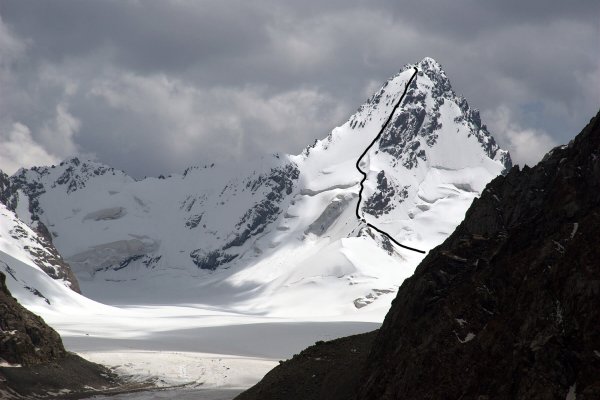
Djangart First Ascents | Kyrgyzstan
“After a day’s rest at base, Traver and I set off for the N2 glacier, with Clark and Parenteau heading for the N1. After a perilous ford of the Djangart River, Traver and I made a lengthy approach up the broken glacier to the east face of Pt. 5,080m (41°39′ N, 78°59′ E). Delayed by morning snow squalls, we began our ascent at mid-day, climbing the southernmost couloir on the face, then following the broad shoulder above to the summit block.”
“After leisurely puttering along the coast for two hours passing by endless swathes of jungle broken up by weathered slabs and crags tumbling in to the sea I finally caught my second glimpse of the Dragon’s Horns. Our original goal was to climb the prominent arête dividing the south face from the west face, a line we dubbed the ‘South-West Pillar’, although we were quickly captivated by the west face for its impressive overhung roof and numerous crack lines snaking their way to the summit.”
“Kangertittivatsiaq, 120km north-east of Tasiilaq, is an open fjord region peppered with peaks and glaciers that tumble into the frigid Arctic waters. It is best known for the imposing Ingolfsfjeld (2232m) in the South Steenstups area. Ingolfsfjeld has seen a number of attempts, but only a handful of successful ones including the jagged 50-pitch east ridge completed in a 75-hour push by a Yugoslavian team in 19711 and a 2000m route on the south face by a British team in 1975. Our particular cirque is on a promontory 12km south of Ingolfsfjeld and overlooks the vast expanse of the Danish Straits to the east.”
“Our first day in Tajikistan saw us bumping and grinding our way down the Pamir Highway in a decrepit Lada driven by two young soldiers from Dushanbe. As I peered through tinted windows at the Chinese border fence cutting an arbitrary line through this expansive wilderness, I thought it comical how, amidst the pristine snow-capped peaks and uninhabited plateau, our little car was an absurd microcosm of the modern world – the stench of tobacco smoke and vodka breath mixing with ear-splitting Uzbek techno and the soldiers’ conversations of missing their girlfriends in the capital.”
“Most of the towns and settlements we passed exist to support a grain industry that comprises 10% of Kazakhstan’s GDP, with an output to nearly 30 million tonnes annually. Sustaining this monster trade has transformed vast areas of once arid steppe to arable land, but only by diverting many streams and rivers, especially those flowing north off the Jungar Alatau range. This in turn has meant that many areas of non-agricultural land have become more arid and even desertified, forcing many living in those areas to install ever deepening wells to tap the falling water table.”
“Last July, 47-year-old John Martin left Anchorage, Alaska and traveled north 500km by road, towing an eight-foot sailing dinghy past Denali National Park and into the interior. He was headed for Nenana: This small village had been the starting point of the 1925 Great Race of Mercy, in which a team of 20 mushers and their dogs relayed an antitoxin 1,085km west to Nome in five-and-a-half days, after a diphtheria epidemic swept through the remote coastal settlement, threatening 10,000 lives.”
“Located on the western side of Hispaniola, Haiti is a nation rocked by revolutions and steeped in culture. We take a look at 21 highlights of the country’s history ranging from courageous slave revolts, rum-soaked pirates, murderous despots, and change-making visionaries.”
“Prior to European colonization of the Americas, the wild turkey population in the United States was estimated to number at least 10 million birds. Once a primary source of food for Native Americans and early settlers, reduction of their habitat from urban expansion, the clearing of forest for farmland, and unregulated hunting caused wild turkeys to steadily decline into the 20th century.”
“In January, a four-man Spanish team completed a 2,500km journey between two research stations in Antarctica, from near Novolazarevskaya to Dome Fuji, and back. How they traveled was even more exotic than where they traveled. For 52 days, they rode a series of customized sleds with built-in living quarters and powered entirely by kites. Since the project’s inception in 1999, the WindSleds have been used on 11 expeditions and have covered more than 20,000km in Antarctica, Greenland, and Canada.”
“Five weeks ago, an eight-person crew set sail from Arica, Chile. Their destination: Sydney, Australia, 19,000km to the west. They are covering this enormous distance in Viracocha III, an 18m-raft constructed from 2.5 million freshwater totora reeds from Bolivia and Peru. The journey will take up to six months.”
“After more than three months and 9,200km of sailing, Viracocha III has reached Tahiti, in French Polynesia. The eight-person crew launched their 18m reed raft from Arica, Chile and spent 86 days drifting west across the Pacific Ocean before their first land sighting: Tatakoto, a 14km-long, isolated atoll in the Tuamotu Islands. From there, it took them another three weeks and over 1,000km to reach Tahiti.”
“Tucked away in the north-east corner of the country, the former mining village of Jyrgalan (2,477m) sits beneath the Chunkur Tor and Chaar Jon mountain ranges. After the collapse of the Soviet Union, this picturesque alpine hideaway – home to 1,000 people – faced economic uncertainty until 2016 when six local families formed a nonprofit social enterprise to support and promote community-based tourism in the area.”
“Since 1980, more than 400 more people have climbed the Seven Summits — the highest mountains on each continent. A lesser-known and rarely attempted sister challenge is the Volcanic Seven Summits, which was first accomplished by Italian Mario Trimeri in 2011. To date, fewer than 25 people have completed it.”
“In 2003, Rick Ridgeway joined Conrad Anker, Jimmy Chin, and Galen Rowell on a 275-mile crossing of the Chang Tang plateau in north-western Tibet. Their objective was to find the chiru’s birthing grounds, a type of endangered antelope hunted by poachers for its high-value wool, and in doing so, petition the Chinese government to establish a protected area.”
“Tucked away in the north-east corner of the country, the former mining village of Jyrgalan (2,477m) sits beneath the Chunkur Tor and Chaar Jon mountain ranges. After the collapse of the Soviet Union, this picturesque alpine hideaway – home to 1,000 people – faced economic uncertainty until 2016 when six local families formed a nonprofit social enterprise to support and promote community-based tourism in the area.”
“My plan from there was to try and cross from Toora-Khem following a series of rivers upstream on foot for 450km through the Todzhinsky Basin region to reach the Eastern Sayan range. From there I would follow two key rivers by packraft to reach Irkutsk/Lake Baikal. The total distance being 1500km. However things didn’t quite go to plan!”
“Mount Boising: First climbed in 2014 by a five-person Norwegian and Papua New Guinean team. The following day, an Australian woman – resident of a nearby village for more than two decades – made the second ascent after receiving approval from the village chiefs, breaking a long-held taboo that the peak was off-limits to women.“
“Elbrus is part of the Caucasus Mountains, which span 1,200km between the Black and Caspian Seas. A typical early morning alpine start — summit day can take up to 9 hours for some groups.”
“The Antarctic Treaty System governs Antarctica, and no one officially owns the continent, although seven countries have territorial claims over differently sized slices, and approximately 30 countries have a permanent research station.”
“Since the Book of Exodus in the sixth century BCE, which contains the earliest known accounts of desert travel, deserts have been frequently depicted as a soul-destroying sea of dunes, scorched earth and hellish nothingness. While large swathes of the Sahara are inhospitable –- there’s roughly one person per four square kilometres –- sand covers only 15 to 25 percent. The rest is gravelly plains, mountains, depressions and salt flats.”
“In the history of exploration by outsiders, tales of success often contrast with sagas of misadventure and tragedy. Those indigenous to the country were always better positioned for a smooth journey. They traveled with ease through wildernesses that often destroyed explorers from far away.”
“Rising between the Caspian and Aral seas and stretching across Kazakhstan, Uzbekistan and Turkmenistan, the Ustyurt plateau is an ultra-remote expanse of scorched clay-desert valleys that surge into rust-red pinnacles and mesas.”
“The Skolts travelled with relative freedom throughout Fennoscandia until a 1326 treaty between the Republic of Novogorod and Norway closed off the porous border. However, the delineation between the two nations wasn’t defined by a logical land boundary, or some arbitrary line on a map, as one might typically expect. Instead, it was designated as a territorial entity so that the Norwegians and Novogorodians could fairly tax the Sami communities.”
“In the 1850s, photographers intrigued by the Sámi began to make forays into Sápmi, the Sámi homeland. Travelling north as ethnographers, linguists, priests and state officials, they photographed the Sámi as though ‘they were photographing a vanishing culture and exotic “others”’, as Anni Guttorm, curator of the Sámi Museum Siida in Finland, puts it.”
“According to the World Tourism Organization, the number of international visitors to Central Asia has increased dramatically since records began in 1995. Tajikistan has seen the biggest increase, from 700 people a year to more than a million in just over two decades. Only Turkmenistan has fewer visitors: from 218,000 in 1995 to less than 10,000 in 2007, which is its most recent record.”

